Petra, an ancient city nestled in the heart of Jordan, is a testament to the grandeur of civilizations past. As a UNESCO World Heritage Site, Petra is an important historical place, captivating visitors with its architectural marvels and rich cultural heritage. Among the many treasures within Petra, the royal tombs stand out as remarkable structures that shed light on the customs and beliefs of the Nabataean people. In this comprehensive guide, we will embark on a journey to explore the beautiful Royal Tombs of Petra, unraveling their historical significance and architectural splendor.
Don’t Miss checking out our Jordan Travel Packages.
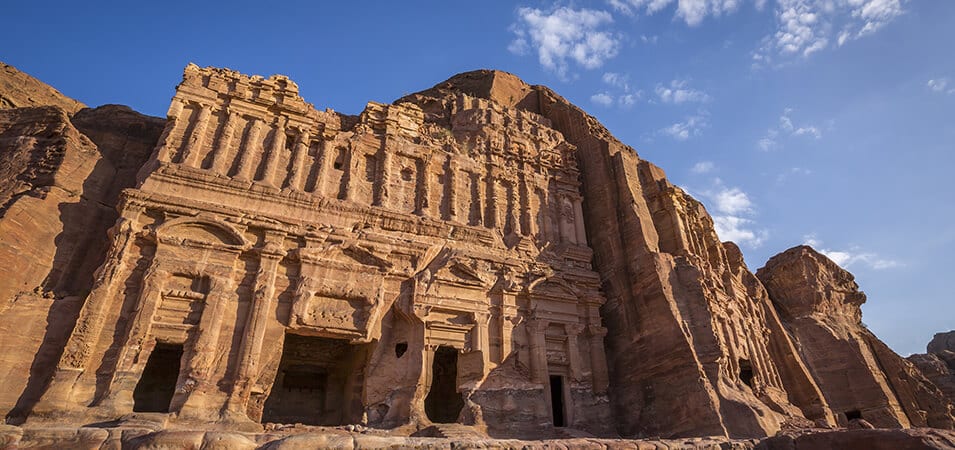
The Treasury (Al-Khazneh)
The iconic Treasury, or Al-Khazneh in Arabic, is at the heart of Petra’s allure. This awe-inspiring structure has captivated the imagination of travelers and historians alike. The Treasury, with its majestic facade carved into the red sandstone cliffs, serves as a testament to the architectural prowess of the Nabataeans. Legends and mysteries surround the Treasury, with tales of hidden treasures and ancient rituals perpetuated throughout the ages. Intricate carvings adorn the facade, showcasing a mastery of craftsmanship. Delving deeper into its interior chambers, we uncover possible functions such as ceremonial spaces or burial chambers shrouded in an air of mystique.
The Royal Tombs Complex
Adjacent to the Treasury, the Royal Tombs Complex reveals a cluster of magnificent structures that once served as the final resting place for Nabataean royalty. Situated on the high cliffs, this complex offers a panoramic view of the city below. Each tomb within the complex possesses its unique characteristics, leaving visitors in awe of its intricate designs and historical significance. As we navigate this complex, we encounter tomb facades adorned with decorative elements, including Corinthian-inspired columns, elaborate friezes, and ornamental reliefs. The Royal Tombs Complex is a testament to the power and influence of the Nabataeans, highlighting their architectural ingenuity and reverence for their deceased rulers.
Palace Tomb (Qasr al-Bint)
The Palace Tomb, or Qasr al-Bint, takes center stage among the remarkable tombs within the Royal Tombs Complex. This tomb’s distinctive features set it apart from the rest. Its grandeur and unique architectural elements suggest a significant role in the Nabataean funerary customs. The Palace Tomb’s historical context and placement within the royal tomb complex further emphasize its importance. Exploring its interior, we uncover clues about this grand structure’s potential functions and purposes, offering insights into the Nabataean civilization’s beliefs and rituals surrounding death.
Corinthian Tomb
The Corinthian Tomb is a testament to classical architecture’s influence on the Nabataeans. Inspired by the Corinthian order, this tomb showcases a fusion of Greek and Nabataean artistic styles. Intricate reliefs adorn its facade, depicting nature, mythology, and daily life scenes. Speculation abounds regarding the identity of the tomb’s occupants, adding to the mystery that shrouds this majestic structure. The Corinthian Tomb serves as a testament to the cosmopolitan nature of Petra, reflecting the influences that shaped this ancient city.
Silk Tomb (al-Khazneh al-Loz)
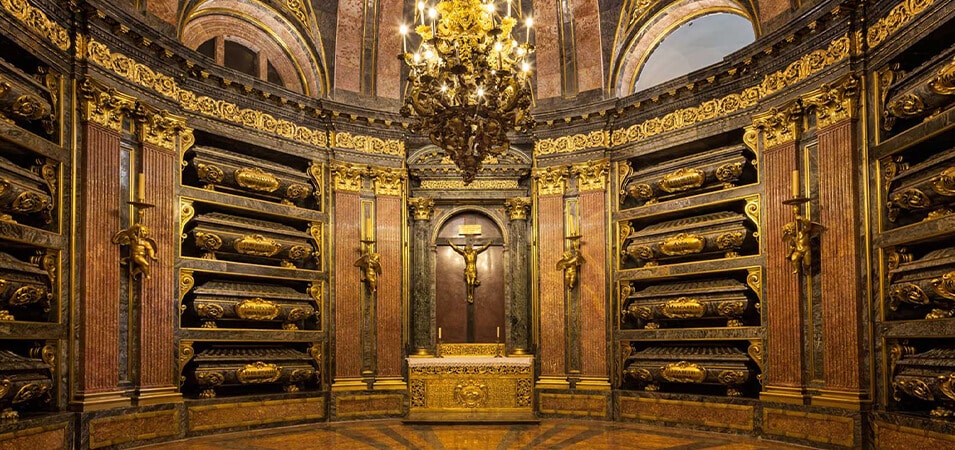
Venturing further into the realm of Petra’s royal tombs, we encounter the Silk Tomb, or al-Khazneh al-Loz, named for the silky appearance of its rock formations. This tomb’s unique name adds to its allure and sparks curiosity among visitors. Architecturally, the Silk Tomb boasts characteristic features, such as its ornate details and intricate carvings. Stepping inside, we unravel the secrets of the interior chambers, which provide glimpses into the burial practices and traditions of the Nabataeans. The Silk Tomb is a testament to the elegance and craftsmanship that defined the royal tombs of Petra.
Urn Tomb (al-Khazneh al-Matare)
As we continue our exploration, we come across the Urn Tomb, or al-Khazneh al-Matare, renowned for its exquisite facade shaped like an urn. This unique architectural feature carries symbolic meaning and adds an element of grandeur to the tomb. Exploring the interior layout, we ponder the possible functions and significance of the tomb, offering interpretations that shed light on the Nabataean burial customs and the identities of those interred within. The Urn Tomb is an enduring symbol of Petra’s rich history and cultural heritage.
Palace Tomb (Jabal al-Madbah)
Perched on the cliffs of Petra, the Palace Tomb, also known as Jabal al-Madbah, captivates visitors with its elaborate decorations and ornamental features. This tomb’s opulent facade suggests royal connections, further solidifying its place within the royal tombs complex. The Palace Tomb offers glimpses into the wealth and power of the Nabataean rulers, providing insights into the city’s intricate social and political structures. Exploring its grandeur, we are transported back to an era of majesty and splendor.
Sextius Florentinus Tomb
Named after the possible occupant, Sextius Florentinus, this tomb bears historical significance in Petra’s royal tombs. Notable architectural elements and decorative motifs adorn its facade, offering clues about the individual it was built to honor. As we delve into the historical context surrounding Sextius Florentinus and his connection to Petra, we understand the tomb’s role within the broader tapestry of royal tombs.
The Garden Triclinium
The Garden Triclinium is a unique tomb construction among Petra’s royal tombs. Nabataean society valued nature, and its relationship to the afterlife, and this tomb is surrounded by lush foliage and bright flowers. The Petra funeral customs’ aim and meaning of the triclinium, resembling Roman dining rooms, are unclear. The Garden Triclinium provides a serene and contemplative space amidst the grandeur of the royal tombs.
Tomb of the Roman Soldier
The Tomb of the Roman Soldier carries a name that hints at its historical significance and links to the Roman presence in Petra. This tomb’s architectural details and distinct characteristics offer insights into the blending of Nabataean and Roman influences within Petra’s cultural landscape. Speculations regarding the tomb’s occupant and symbolic meaning add intrigue to this remarkable structure, inviting further exploration and interpretation.
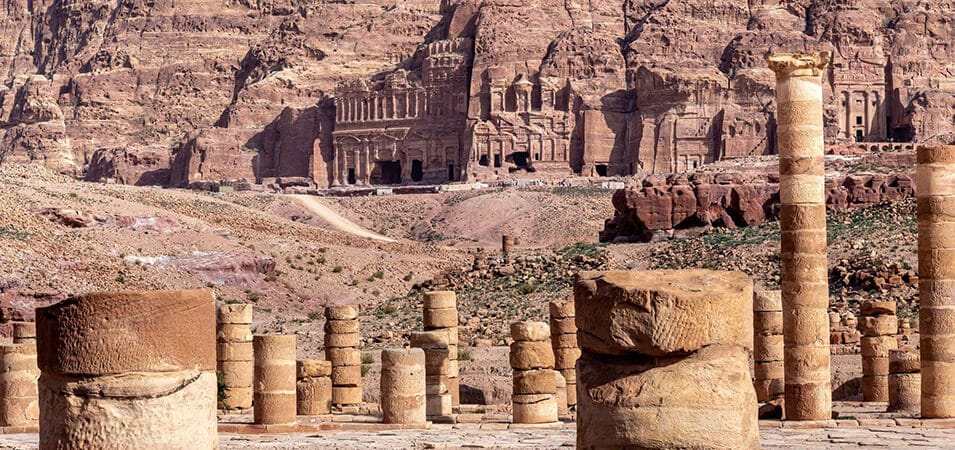
Renaissance Tomb
In a departure from the Nabataean architectural style, the Renaissance Tomb showcases a fusion of European influences and local craftsmanship. Exquisite details and intricate carvings reminiscent of the Renaissance era embellish the facade of this tomb. These Renaissance-inspired elements reveal speculations about this unique structure’s original purpose and significance, revealing Petra’s cross-cultural exchange.
Uneishu Tomb
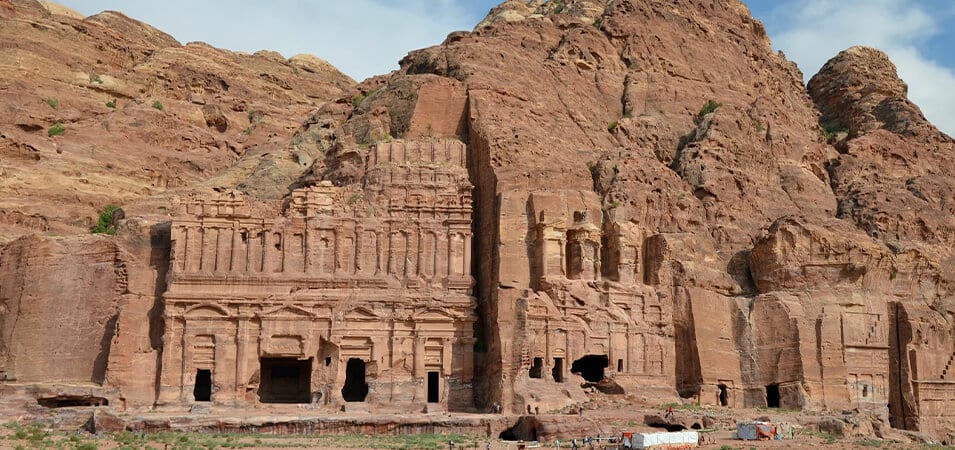
The Uneishu Tomb offers a fascinating glimpse into the prominence of the Uneishu family within Petra’s social and political landscape. This tomb showcases notable features and design elements, reflecting the wealth and status of its occupants. By exploring the Uneishu Tomb, we gain insights into the Nabataean burial customs and rituals and the interconnectedness of Petra’s elite families.
Triclinium Tomb
Aptly named for its triclinium structure, this tomb invites us to explore its architectural highlights and artistic motifs. The triclinium, associated with feasting and social gatherings, questions the tomb’s purpose and role in commemoration. The tomb’s unique features reveal hypotheses about its occupants and its significance in Petra’s royal tombs.
Palace Tomb (Jabal al-Khubtha)
Perched on the prominent Jabal al-Khubtha, the Palace Tomb commands attention with its distinct location and architectural grandeur. Its facade, adorned with intricate carvings and decorative motifs, is a testament to its occupants’ luxury and power. See the tomb’s interior architecture and decor to learn about its royal links and significance in Nabataean history.
Other Royal Tombs in Petra
Beyond the well-known tombs, Petra boasts a wealth of lesser-known royal tombs that deserve recognition. We briefly overview these tombs and highlight their unique features and historical contexts. These lesser-known royal tombs showcase Petra’s architectural diversity and complexity, from hidden gems in the cliffs to regional treasures.
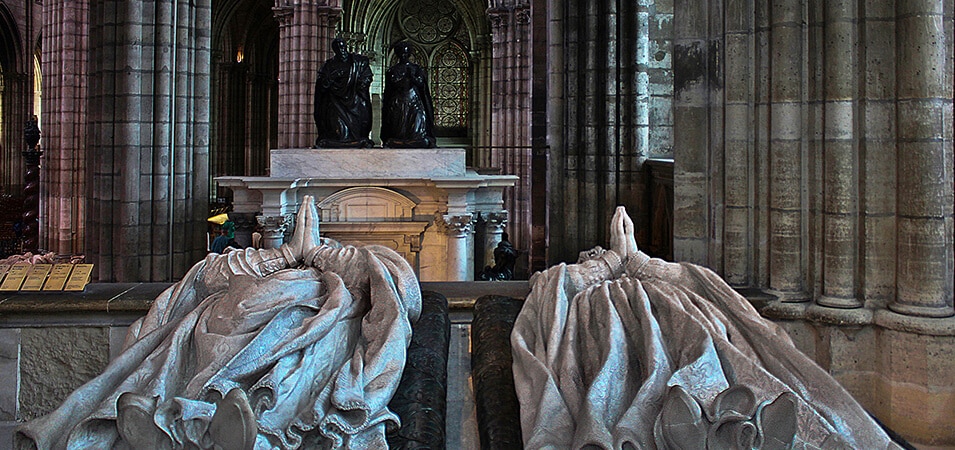
Conclusion
Finally, Petra’s royal tombs are architectural and historical marvels with elaborate patterns and deep cultural importance. Each tomb’s unique story reflects the Nabataean civilization’s beliefs, customs, and power structures. Exploring these royal tombs allows us to delve into the grandeur and splendor of a bygone era. As we finish our tour of Petra’s vaults, we welcome you to explore this UNESCO World Heritage Site’s ancient treasures.
Don’t Miss to Check out our Related Article :
